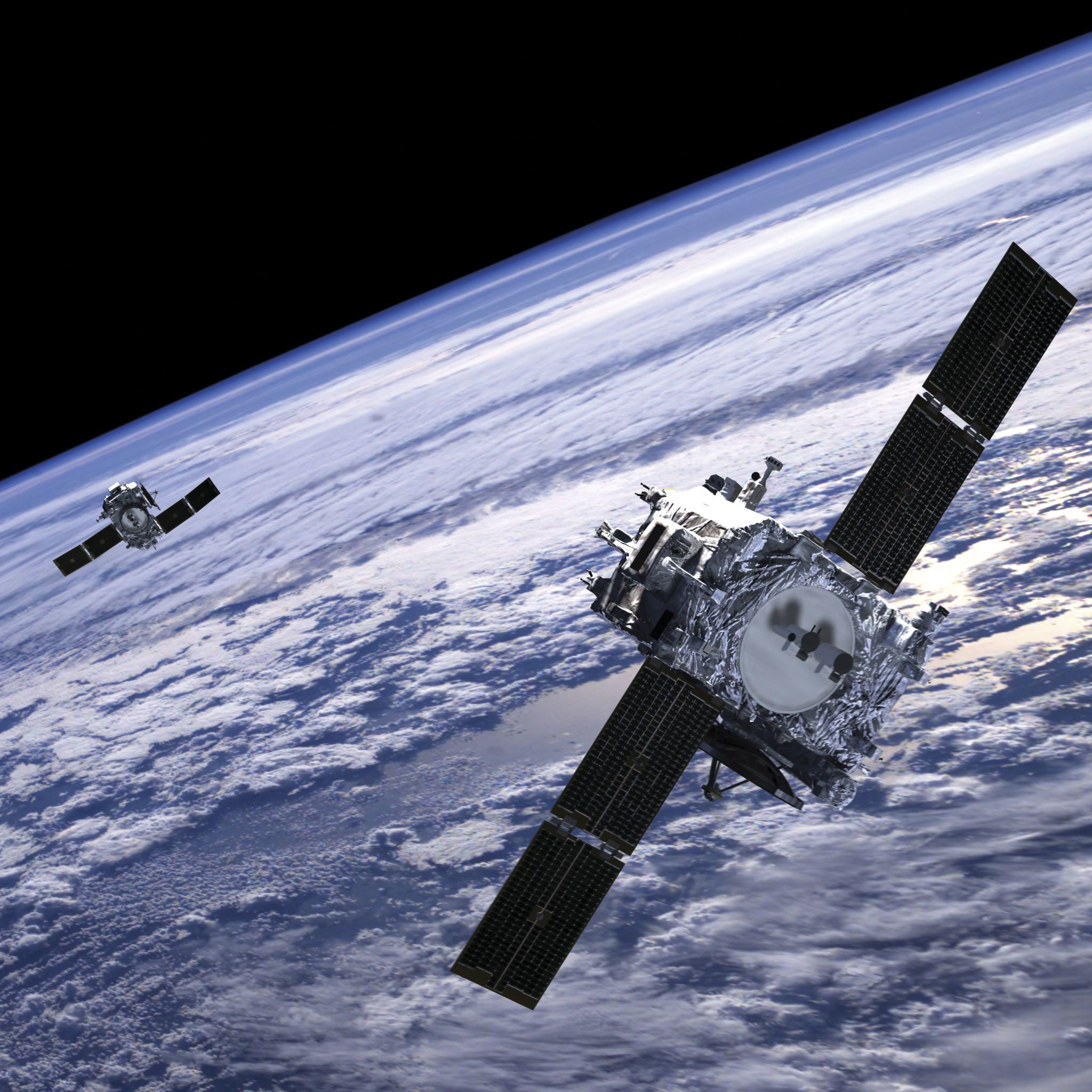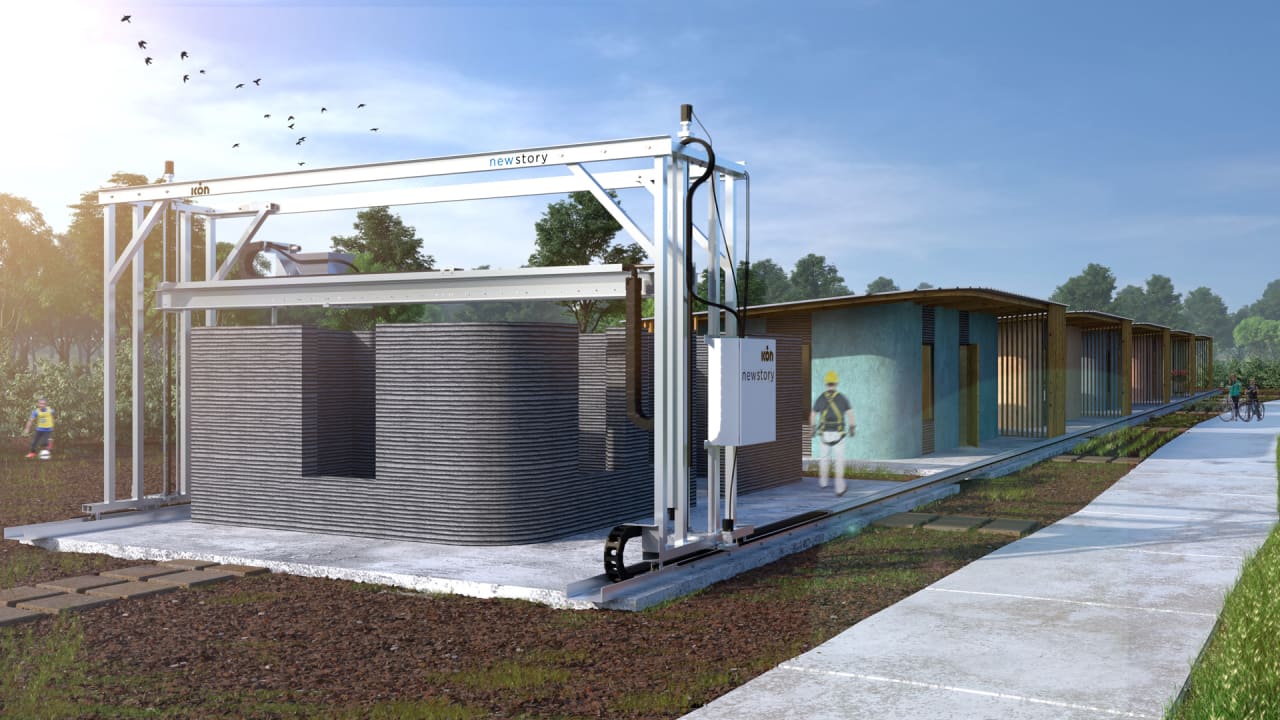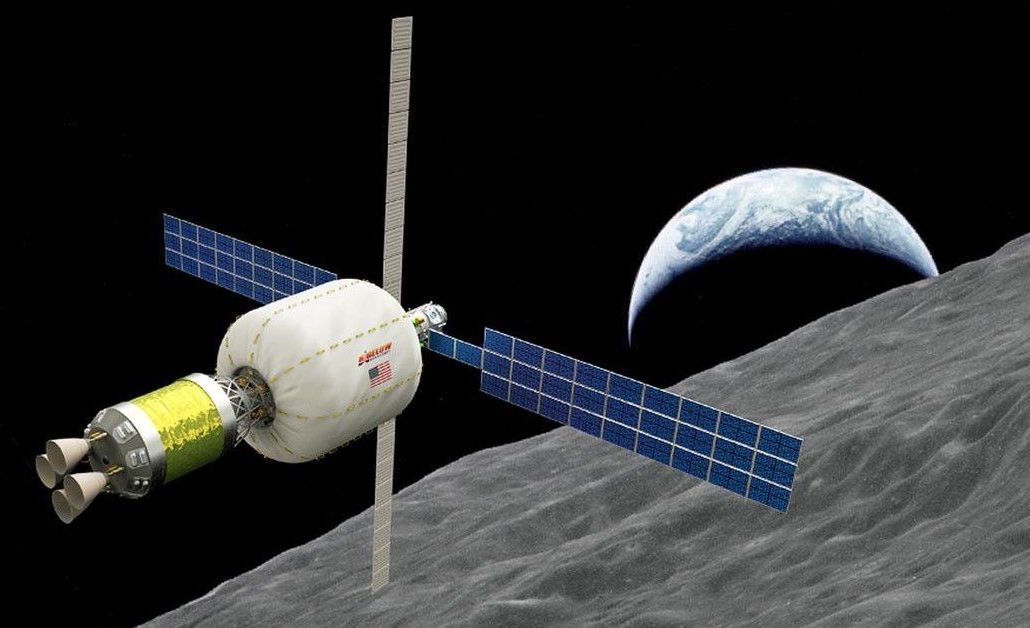SpotMini attends MIT 6.S099: Artificial General Intelligence https://agi.mit.edu Thanks to our friend from Boston Dynamics for the visit. Notes: There’s no audio. SpotMini’s movements are not sped up. All were performed live in front of a packed house of students. It was amazing to witness in person.
If you enjoyed this video, please subscribe and connect with me:
LinkedIn: https://www.linkedin.com/in/lexfridman
Twitter: https://twitter.com/lexfridman
Facebook: https://www.facebook.com/lexfridman
Instagram: https://www.instagram.com/lexfridman
Web: https://lex.mit.edu
Boston Dynamics: https://www.bostondynamics.com



